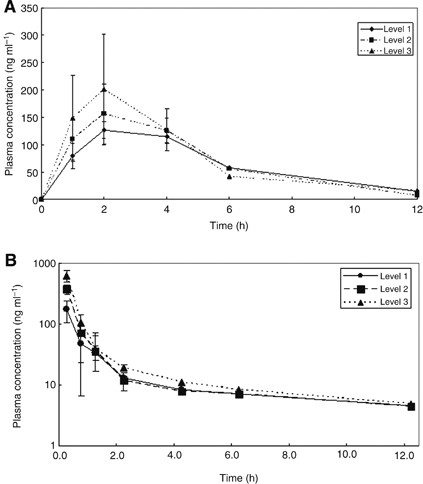
- Select a language for the TTS:
- UK English Female
- UK English Male
- US English Female
- US English Male
- Australian Female
- Australian Male
- Language selected: (auto detect) - EN
Play all audios:
What is lactation? And its effects on mothers and milk for malnutritionHungrycrabFollow3 min read·Nov 9, 2020 --
Listen
Share
Lactation is a physiologic process which has profound relevance for both the mother and the newborn. It is the period following pregnancy when the woman nourishes a fully developed and a
rapidly growing baby with breast milk.
A lactating woman secretes about 500 ml /day in the first month which increases to about 850 ml/day by the fifth month. On an average, a well-nourished lactating woman secretes about 850
ml/day.
Physiology of lactation
Lactogenesis is the onset of copious milk secretion around parturition, triggered by a fall in plasma progesterone levels. Although colostrum is secreted after delivery (2-3 days), full
lactation begins later. The first 2-3 days after delivery is a period of rapid lactation initiation, followed by the longer period of maintenance of lactation. This complex neuroendocrine
process is facilitated by interplay of various hormones. Oxytocin and prolactin instigate the lactation process. Prolactin is responsible for milk production and oxytocin is involved in milk
ejection from the breast.
A cyclic process of secretory activity, luminal distention and expulsion of milk into the duct system continues throughout lactation as directed by the suckling of the infant and the
let-down reflex. Regular sucking stimulates the continuation of milk secretion.
As the infant commences suckling, afferent iinpulses generated in the receptors in the areola travel to the brain where they stimulate the release of oxytocin from the posterior pituitary.
Oxytocin travels through the blood stream to the breast where it combines with specific receptors on the myoepithelial cells, stimulating them to contract and force milk from the alveoli
into the mammary ducts and sinuses.
B) Malnutrition -Effects on Milk and Effects on Mothers1..Effect on milk Milk is the sole source of nourishment for infants for upto 6 months or a year or even more. Therefore, the
relationship between maternal nutritional status and lactation performance is important. Let us look into the effects of maternal undernutrition.
● Volume: A large healthy baby who can vigorously suck will induce and obtain much more milk from its mother than a small, sickly or preterm infant. These differences in yield may not be
indicative of a in other’s capacity for lactation. Milk production is a function of infant demand.
● Energy: In case of chronic undernutrition, association between postpartum weight loss and lower energy transfer may occur.
● Protein: Some studies show that the protein content of nlilk may be affected by chronic protein undernutrition. In some cases, the tyrosine content of milk was significantly lower. In
lndian women, it was seen that the milk of malnourished mothers had more casein and less whey. By giving a high protein diet supplement, the whey:curd ratio could be increased.
● Fat: Fat content of inilk appears to be subject to variability as compared to other constituents. The average fat content in milk from well-nourished mothers tends to be higher than milk
from less well-nourished mothers. This may have implications for the caloric intake of the infant. Supplementing the mother with adequate intake of energy, protein and fat helped to increase
the fat concentration . When lactating women were fed a diet rich in PUFA, their milk also had a higher PUFA content. Providing mothers with fish oil supplements increased the n-3 fatty
acid in milk. When caloric intake is severely restricted, fatty acid composition resembles that of the depot fat.
● Minerals: There appears to be no relationship between dietary intake and concentrations in milk for copper, iron or zinc.
● Vitamins: Although there are inter-individual variations in vitamin concentrations, diet and drug use by individual women influences vitamin composition in human milk. Vitamin D activity
of human milk is influenced by maternal vitamin D intakeThe levels of water-soluble vitamins are more likely to reflect maternal dietary or supplement intake than most other ingested
compounds.
2.Effects on Mother
Successful breastfeeding requires adequate nutrition and rest. For adequate lactation, substrates must be available in sufficient quantities from the mother's diet or body stores laid down
during pregnancy. I€ these are insufficient, some degree of subsidy from maternal body tissue can be expected. Among well-nourished women, weight loss can occur after childbirth, although
this depends on their caloric intake and their physical activity. It is possible that changes in tissue composition may mask the changes in body weight.
Written by Jayantikaroy









